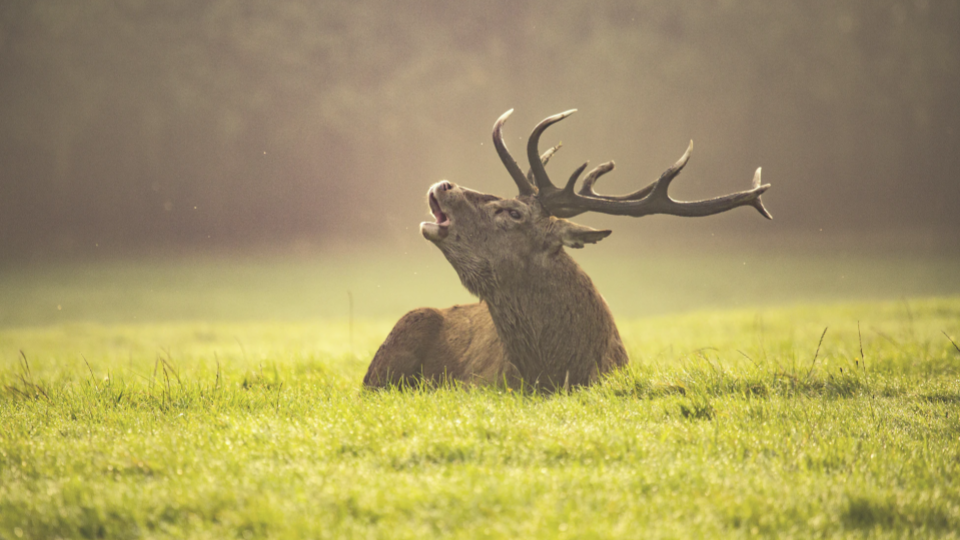Males and females occupy distinct reproductive roles and therefore frequently show strong divergence in their fitness interests. This antagonism, known as sexual conflict, is thought to be a common feature of many sexually reproducing species and a pervasive force for evolutionary change, e.g. driving the evolution of phenotypic sex differences and mating behaviours. In this research project, we have been developing theoretical population genetic and adaptive dynamic models to study the evolutionary and ecological outcomes of sexual conflict. The first strand of this research has investigated the role of sexual conflict in driving patterns of genetic variation across the genome. Specifically, we have shown how the evolutionary dynamics of sexually antagonistic alleles (genes that improve the fitness when expressed in one sex but deleterious when expressed in the other) are sensitive to different population ecologies, such as variation in mating systems and patterns of limited dispersal. More recently, we have been extending existing single-locus theory of sexual antagonism to model the evolution of continuous traits under sex-specific selection in order to investigate the maintenance of polymorphism in polygenic phenotypes. A second strand of research has concerned the evolution of conflict traits owing to sexual selection. Doing so in populations that show variation in the biological condition, we demonstrated that agonistic male and female interactions can drive population crashes especially when individuals are on average in high condition. This leads to a counter-intuitive negative relationship between population viability and biological condition.
In the image, high fitness red deer stags have been shown to produce on average lower fitness daughters, indicating the presence of sexually antagonistic genes in this species (Foerster et al, 2007, Nature). Image by Diana Parkhouse.
